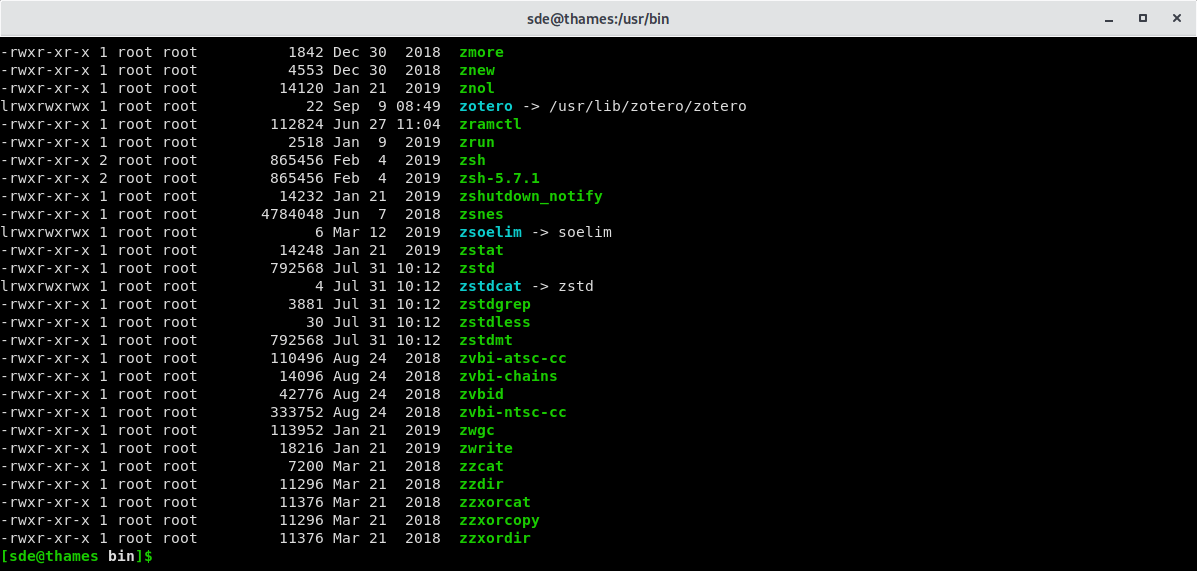

installed plugins, at startup.Įxit after the first capture has been made. Prints a lot of debugging information to STDOUT.Ĭlears cache, e.g. See "man strftime" forĪs an example: shutter -f -e -o './%y-%m-%d_$w_$h.png' wouldĬreate a file named '11-10-28_1280_800.png' in the current $nb_name = like $name but without blanks in resulting strings Please note: There are several wildcards available, like Supported image formats: You can save to any popular imageįormat (e.g. Specify a filename to save the screenshot to (overwrites any You will be able to select any child windowĬapture a webpage. Providing a NAME_PATTERN (Perl-styleĬapture a section. The output of shutter -help is given below for reference.

The e option causes shutter to exit after taking the screenshot. The -o option is used for telling shutter the output file name. You could also use -a to take a screenshot of the active window, or tell it to take a shot from any specific window. The -f tells shutter to take a screenshot of the whole display. Or using the software center (by clicking the big button below)Īnd after installation, use this command to take a screenshot of the whole display and save the screenshot in a file named, myshot.png shutter -f -o myshot.png -e Install it with the command in a terminal sudo apt-get install shutter As a simple way to include information about your setup in the screenshot, you can use a tool like screenfetch (in community) or Archey, screenfo or alsi (all in AUR) to print out details about your window manager, font, shell etc., with a very attractive ASCII Arch logo. Shutter for use in scripts too! And I believe, this is the most powerful tool and give you most advanced and fine-tuned options to use in scripts.


 0 kommentar(er)
0 kommentar(er)
